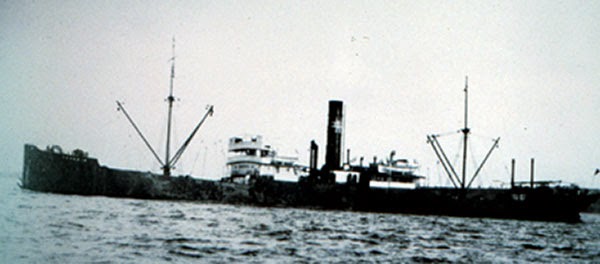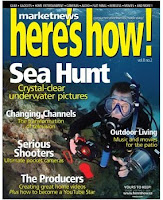Caribbean Hurricane Damage Didn't End At The Beach

Storms impacted the reefs and wrecks of the Caribbean Grand Cayman's Kittiwake-smashed-by-tropical-storm photo by Jason Washington iDive Global Ltd and Ambassador Divers https://www.idivecayman.com Hurricane Hell's Fury, Irma-geddon and the current nom d’jour, Hurricanes Apocalypse, are terms scuba divers use to describe what it looks like underwater in 2017’s Hurricane Alley. This fall’s storms have devastated several states in the US and whole countries in the Caribbean. Unseen by most is the damage done underwater. The hurricanes carpet bombed coral reefs, dumped sand and debris on fish spawning grounds and pushed shipwrecks on their sides. According to the US National Oceanic and Atmospheric Administration (NOAA) moderate hurricanes can help the underwater world, but Hurricanes Apocalypse have inflicted damage that could take a century from which to recover. “Small hurricanes can provide fast relief during periods of thermal stress, whereas...


